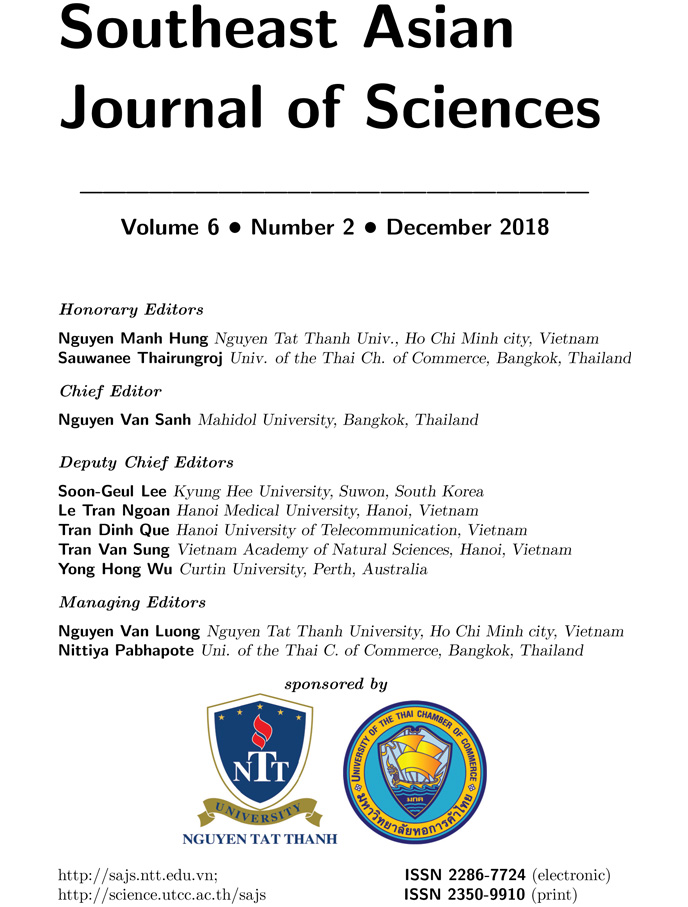BIOPESTICIDE APPLICATIONS OF CHITOSAN-BASED NANOMATERIALS: HUGE POTENTIAL AND INNOVATION STRATEGY FOR MODERN AND SUSTAINABLE AGRICULTURE IN VIETNAM
Abstract
Agriculture is a backbone of global economy and of Vietnam in particular, providing food, fiber, and numerous other products to sustain human life. Chitosan has emerged as a non-toxic, biodegradable, and biocompatible natural biopolymer with multiple beneficial applications in the fields of agricultural and biomedical sectors. As nanotechnology has evolved as a promising field, researchers have applied chitosanbased nanomaterials in a variety of products. Due to its inherent antimicrobial and chelating properties, and the availability of modifiable functional groups, chitosan has been used as an encapsulating agent for bioactive plant compounds and agrochemicals by different technologies, such as iontropic gelation, spray-drying, nanoemulsions, coacervation, reverse micelles, and sieving method to enhance antimicrobial activity, efficacy and biocompatibility. Chitosan-based nanomaterials have been shown to increase potential antibacterial, and antifungal activity against pathogens, presenting higher stability, decreasing degradation, and prolonging the effective concentration of these bioactive compounds. Therefore, the objective of this work is to review the most recent developments in the synthesis of chitosan- based nanomaterials as well as the applications on phytopathogenic diseases. These perspectives could provide information for the future formulation of products with high efficacy against phytopathogenic diseases as an alternative to chemical products for sustainable and modern-day Vietnam agriculture.

